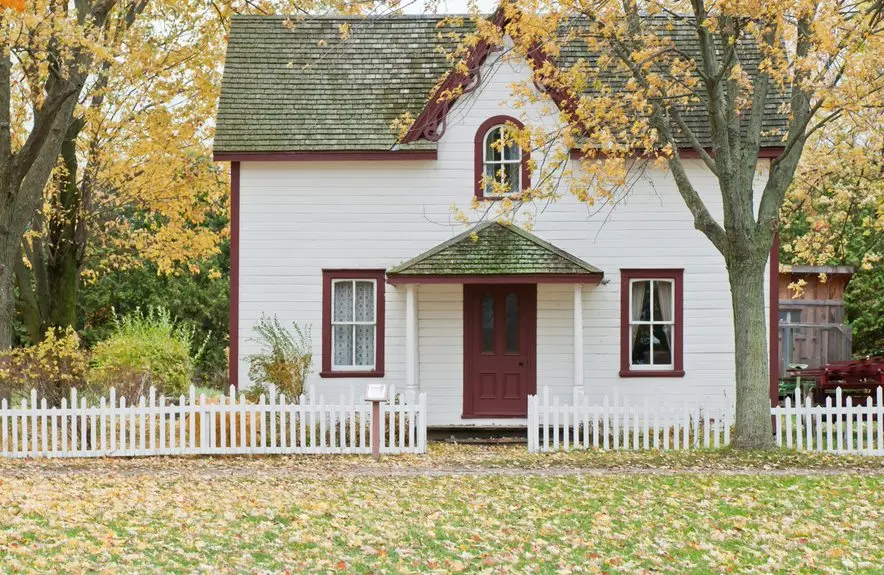Designing a unique and eye-catching home exterior is a task that combines creativity with an understanding of color theory. The colors you choose for your home’s facade can significantly affect its curb appeal and value, making it essential to find the right combinations. To help you create a standout exterior that reflects your personal style, here’s a quick guide on how to mix and match colors for your home!
Understanding Color Theory Basics
Before you start choosing colors, it’s important to understand the basics of color theory. The color wheel, consisting of primary, secondary, and tertiary colors, forms the foundation for creating harmonious color schemes. Complementary colors, which are opposite each other on the color wheel, can create a bold and dynamic look. Analogous colors, next to each other on the wheel, offer a more subtle and cohesive appearance. Understanding these relationships will help you make informed decisions when selecting hues for your home’s exterior.
Considering Your Home’s Architectural Style
Your home’s architectural style should play a pivotal role in determining your color palette. Traditional homes often benefit from classic color schemes, such as muted tones or neutrals with a pop of accent color. Contemporary homes, on the other hand, might suit bolder color choices and innovative combinations. By aligning your color choices with the architectural style, you ensure that the design feels cohesive and intentional.
Balancing Light and Dark Shades
Balancing light and dark shades is crucial for creating visual interest and depth. Consider using darker colors on elements you want to emphasize, such as the front door or shutters, while lighter shades can make larger areas like siding appear more expansive. This contrast can lead to a more engaging and inviting look. Remember that darker shades may absorb more sunlight, while lighter ones reflect it, impacting energy efficiency.
Incorporating Natural Elements
Nature itself provides a wealth of inspiration for color schemes. Take cues from your surroundings, such as the color of the landscape, foliage, or even nearby bodies of water. Incorporating earthy tones or shades found in nearby natural elements can create a seamless transition between your home and its environment. This approach not only enhances the aesthetic but also respects and reflects the natural beauty around your home.
Leveraging Custom Paint
For those who wish to create a truly personalized exterior, custom paint can be a game-changer. Experts, like Associated Paint, Inc., can craft unique shades tailored to your specifications, allowing you to achieve a precise color that perfectly complements your vision. This approach not only helps in achieving the exact hue but also ensures that the paint itself is of high quality, offering longevity and durability against the elements.
Testing Your Color Combinations
Before committing to a color palette, it’s advisable to test your chosen combinations. Purchase sample pots of paint and apply swatches to various parts of the exterior. Observe them at different times of the day to see how they change under varying light conditions. This practice ensures that you’re confident in your choices and can prevent costly mistakes. It’s also essential to consider how the colors you’ve chosen will look in different seasons and weather conditions.
Creating a unique home exterior that stands out involves a keen understanding of colors and how they interact with each other and their surroundings. By considering color theory, your home’s architecture, and leveraging resources like custom paint makers, you can craft an exterior that is both beautiful and personal! So go ahead, unleash your creativity, and let your personality shine through the colors of your home’s facade!

